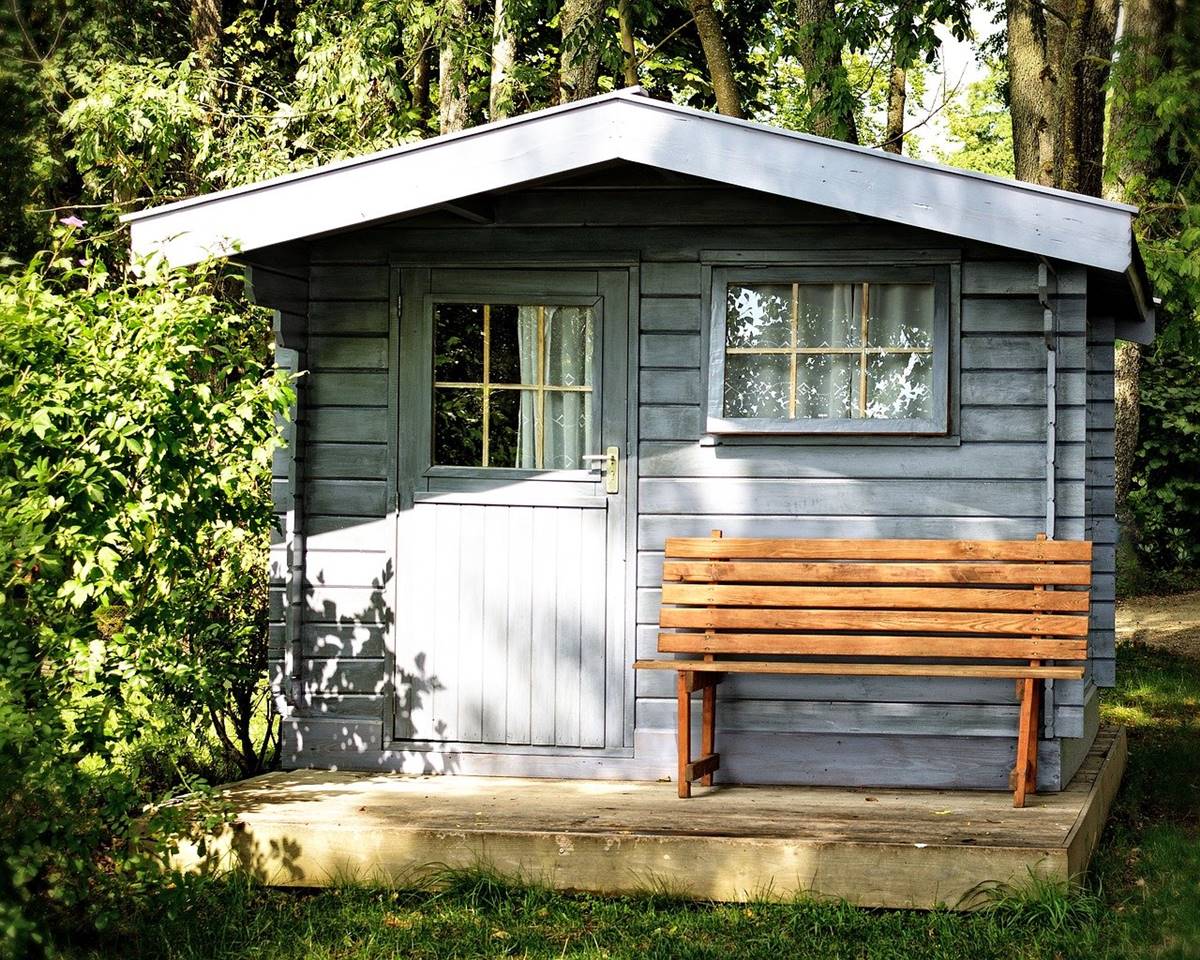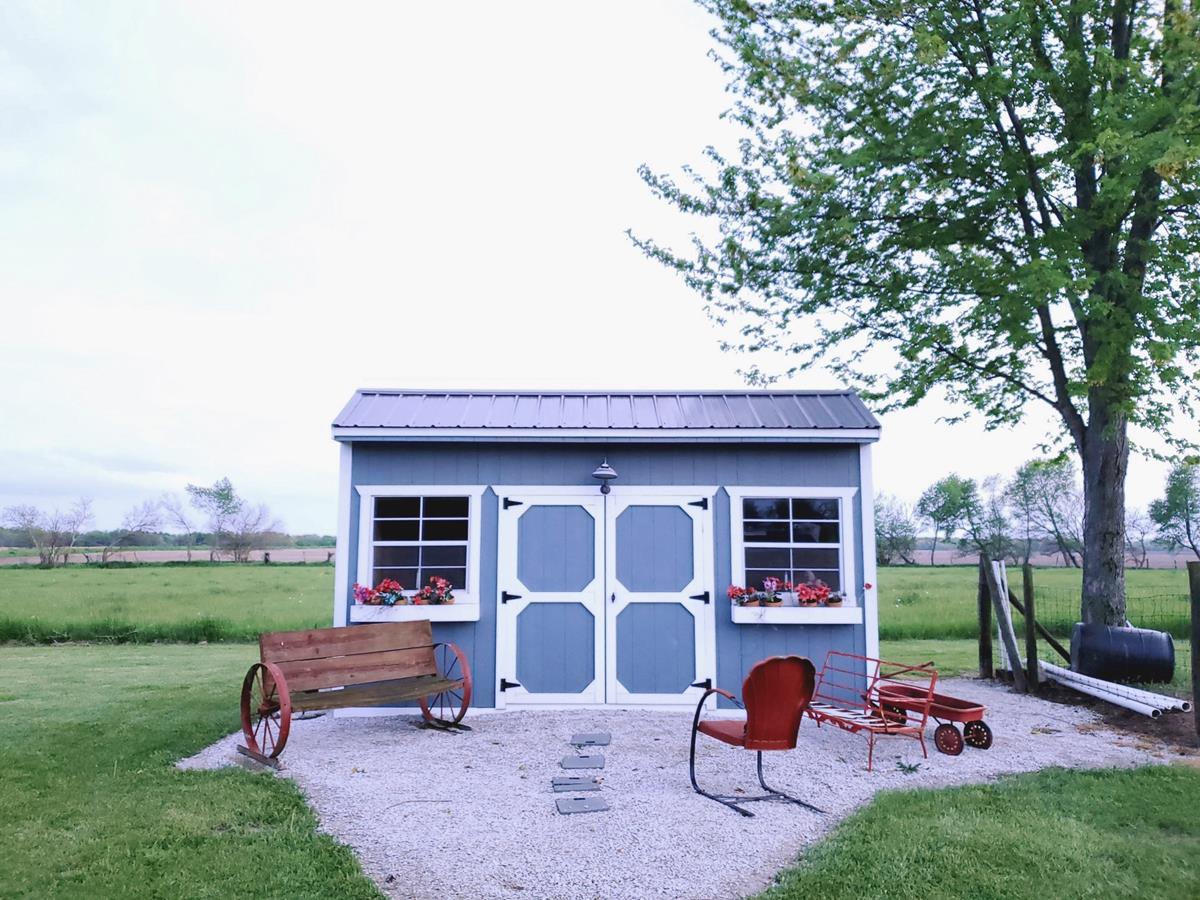Having your shed in your garden is very handy. It can be used to store tools and gardening equipment or as extra storage space for items, you don’t want to store in your house.
Whether you plan to build a DIY shed or erect a prefabricated shed, we have some tips for self-storage sheds.

Materials Required to Build a Storage Shed
The materials you need will depend on the size of the shed and what you plan on using it for. Here is just a basic list of materials and tools required.
- Measuring equipment: You will have to remain precise during the building process, and therefore tools to measure distances, like door and window openings, are critical.
- Digging equipment: You can dig the shed’s foundations and level the ground where it will go with a shovel.
- Electric drill and/or nailgun: Using a nailgun or a drill to attach the sides of the shed together will speed up the process. If you don’t have these, a hammer will work just fine.
- Wood: Most sheds have a wooden frame and wooden siding. The most common type of wood used for building a shed is exterior grade plywood or pressure-treated wood timbers. If you have access to your own lumber, you will require a circular saw to cut it.
- Materials for the roof: The roofing material you use is entirely up to you, but at the very least, you will need an impermeable material such as tarps to waterproof the shed. You can use wood, shingles or metal sheets to create a roof.
- Wood stain or waterproof paint
- Personal protective equipment
6 Tips When Building Your Storage Shed
Be Precise
You have to be precise with your measurements, so double-check them and note them down when you measure something. That way, you won’t falter at a later stage, and everything will fit and go where it should.
Avoid Curved Wood
Whether buying or cutting wood, opt for straight pieces. That way, your measurements will be accurate, and it is also much easier to build with for the structure of the shed, the door and window frames, floorboards and the siding.
Don’t Rush
Don’t forget that you want your backyard shed to be durable. Don’t rush the construction process, and take your time to build a strong, long-lasting structure.
Opt for Sliding Doors
Sliding doors might not be to everyone’s taste, but they are much easier to install than swinging doors as they do not require hinges.
Flooring Options
Most builders will opt for a concrete slab as the foundation for their shed, but there are plenty of alternatives out there. Pressure-treated lumber is a simple, long-lasting alternative. Or you can cover the wooden foundation floor frame with plywood for a floor deck.
A floor made of gravel will allow water to drain away, which is great for a shed that will store wet garden supplies.
Affordable Windows
The most affordable windows for a shed would be barn sash windows. These are wooden framed windows that can be installed horizontally or vertically. They can also be screwed into place or you can opt for a hinge to allow the windows to open.
Easy Steps to Build a Shed
Photo credit: Unsplash
Here are some quick steps to build your own shed.
- Before you start building, draw up a plan, and make sure your shed complies with building codes and relevant zoning laws. Include all the measurements and materials you plan on using on the shed plan.
- Decide what the shed foundation will be like. A concrete foundation will cost more than using gravel and wood.
- Build the shed floor with whatever materials you decide to use. Remember to wear your safety gear during the building process.
- Erect the shed walls. A prefab shed will be easy to erect, or you will have to construct the wooden frame and walls yourself. Once the walls are up, attach your siding.
- Build and place the shed roof. If you are using an A-frame roof, use a flat surface to build the roof frame.
- Install doors and windows.
- Decorate the shed with paint, wood finish and any trim you desire.
Published in: Home advice | Author: Yanita







